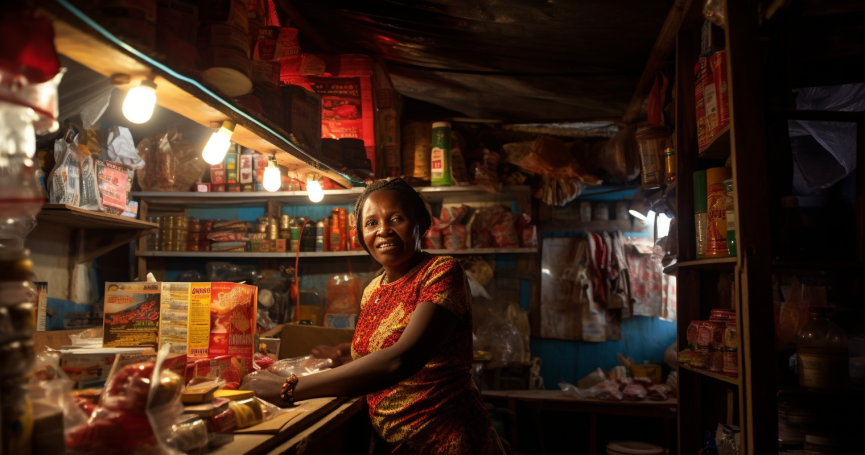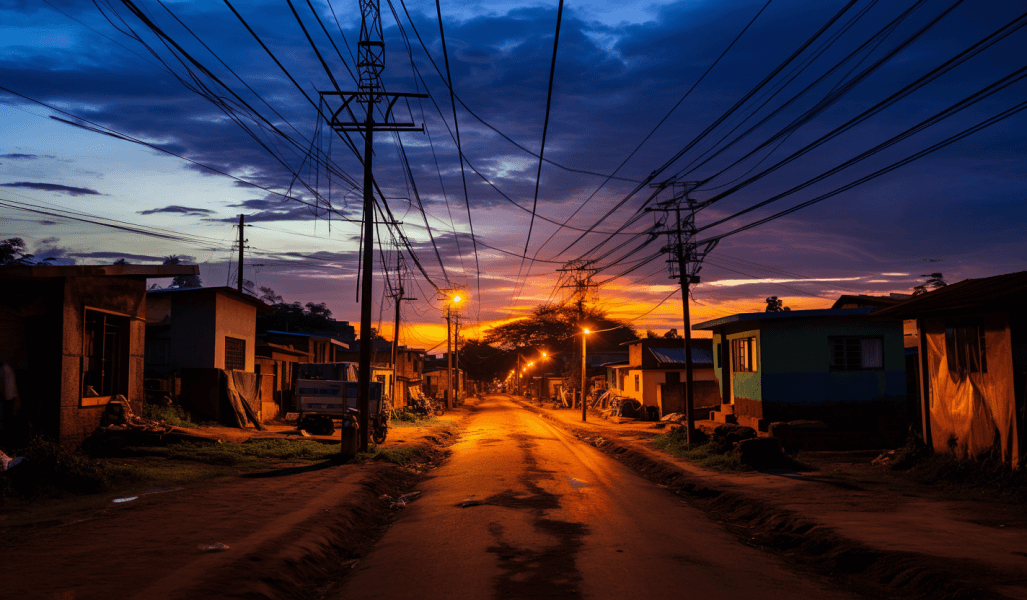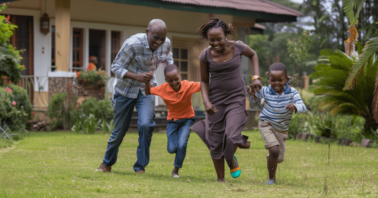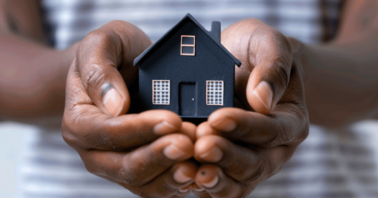In a significant achievement for sustainable development, over 1.6 million people in Kenya living on low incomes have gained access to electricity, thanks to the successful implementation of the second phase of the Last Mile Connectivity Project.
This remarkable milestone was made possible through the support and funding of the African Development Bank (AfDB). The project, which ran from 2016 to 2022, has transformed the lives of countless Kenyan citizens by providing them with access to a vital source of energy.
READ ALSO: Solar Panel Installation For Your Home? Energy Independence
Table of Contents
Illuminating Lives and Empowering Communities
The African Development Bank released its Project Completion Report on August 11, 2023, outlining the remarkable success of this initiative.
This project has not only improved the standard of living for thousands of Kenyan households but also contributed significantly to the nation’s economic growth and development.
Funded with a generous loan of $134.64 million from the African Development Bank Group, the Last Mile Connectivity Project accomplished a remarkable feat by extending approximately 18,000 kilometers of low-voltage power lines to the existing distribution system.
These lines have successfully connected a total of 322,279 households and small businesses to Kenya’s national grid. Given that an average Kenyan household comprises five individuals, the positive impact of this initiative ripples across communities and generations.
Cultivating Green Resilience

One of the critical components of the project involved supporting the revival of the Kenya Power and Lighting Company (KPLC) tree seedling nursery, which had faced challenges due to a combination of factors, including drought, locust infestations, and the COVID-19 pandemic.
This restoration effort helped restore not only the nursery but also local ecosystems, a testament to the project’s multifaceted benefits.
Moreover, the Last Mile Connectivity Project played a pivotal role in stimulating economic activities within Kenya. Contracts worth approximately $9.07 million were awarded to local electricity suppliers, infusing new life into the region’s economy. This injection of funds contributed to job creation and local business growth.
The project’s impact on beneficiary communities extended beyond mere access to electricity. It brought about an improvement in living conditions and fostered socio-economic growth.
Many beneficiaries expressed their joy at having a dream fulfilled, as the cost of using electric power is significantly lower than relying on paraffin-fueled lanterns (known as “akaloboyo“ in the local language). This transition also reduced the health risks associated with the use of such lanterns.
READ ALSO: 5 Ways to Lower Your Electricity Bill and Save Money
Fostering Prosperity and Equality
The availability of electricity triggered a cascade of positive changes. Income-generating activities such as poultry farming, livestock farming, and grass cutting for cattle and dairy farming have flourished.
Poverty, a major driver of gender inequality, has been curbed through these initiatives. Additionally, various vocational occupations like joinery, arc welding, and hairdressing salons have blossomed due to the newfound availability of electricity.
Notably, a group of 30 young people, half of them women, initiated a poultry farm, utilizing funds raised by its members, showcasing the entrepreneurial spirit that the project has ignited.
Empowering women was also a priority of this initiative. The project distributed ready-to-use kits, including sockets and light bulbs, free of charge to households led by women, further promoting gender equality and women’s participation in the workforce.

In addition to the remarkable progress made in electrifying low-income communities, it is crucial to acknowledge that addressing the issue of affordable housing is another vital aspect of improving the quality of life for Kenyan citizens. Initiatives like the “Boma Yangu affordable housing project” serve as prime examples of the country’s commitment to tackling this challenge.
Conclusion
In conclusion, despite the significant challenges Kenya faced between 2017 and 2022, the Last Mile Connectivity Project achieved nearly all of its target outputs and outcomes, particularly those aligned with its development objectives.
This project exemplifies the positive impact that strategic investments in infrastructure and sustainable development can have on communities, economies, and lives. The African Development Bank’s support has not only lit up homes but also illuminated the path to a brighter future for Kenya and its people.
READ ALSO: First Hydrogen Power Plant in Kenya: HDF Announced $500 Million Green Hydrogen Project



